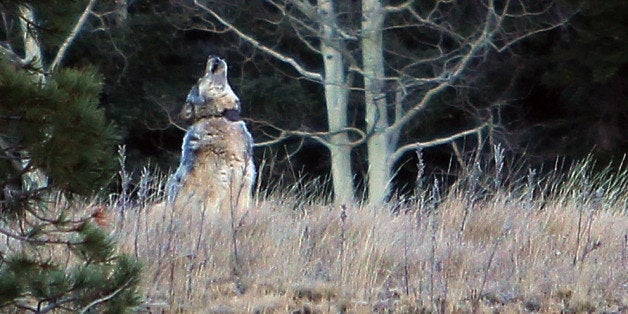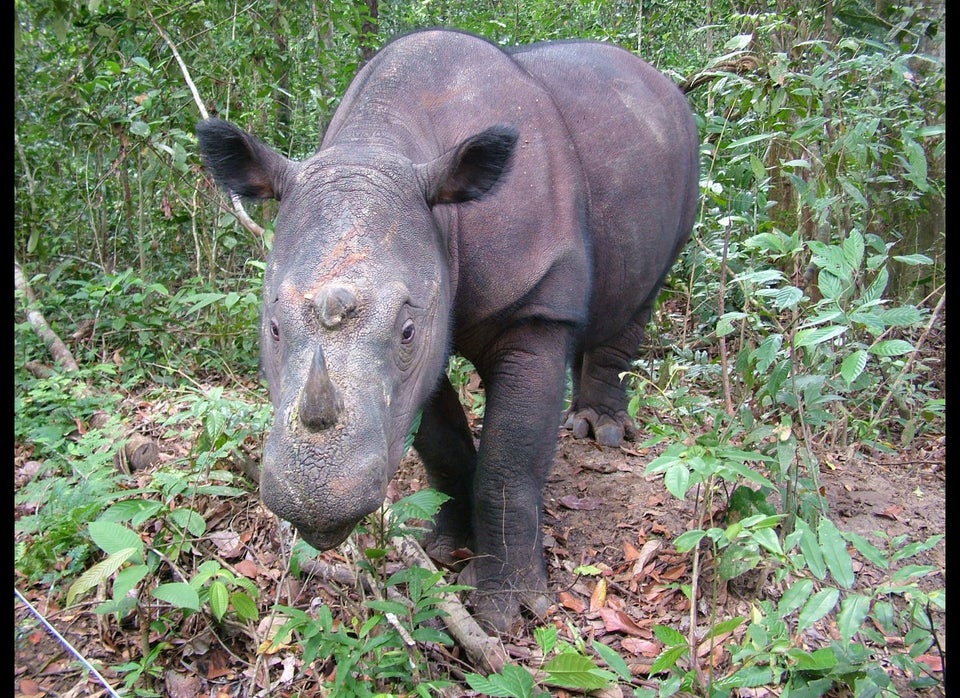
By Laura Zuckerman
Dec 30 (Reuters) - A gray wolf killed by a Utah hunter may have been "Echo," a female who attracted national attention after wandering through several states to become the first of the protected animals seen at Arizona's Grand Canyon in 70 years, officials said on Tuesday.
The hunter, who was not named by authorities, told Utah wildlife officers on Sunday that he accidentally shot and killed a wolf equipped with a radio collar near the Arizona border after mistaking it for a coyote.
Wolves in Utah are protected under the U.S. Endangered Species Act, which bans killing of imperiled animals without a special permit, but coyotes in the state are allowed to be shot on sight.
The incident, which is coming under sharp criticism by conservationists, is being investigated by federal and state conservation officers as a possible violation of U.S. and Utah wildlife laws, authorities said.
Information gleaned from the radio collar shows the wolf killed in Utah was a 3-year-old female that was captured and collared in January in northwest Wyoming, said Utah Division of Wildlife Resources spokesman Mark Martinez.
The wolf spotted near the northern rim of the Grand Canyon in October was also a young female, which had apparently roamed hundreds of miles (km) south from the Northern Rockies, according to an analysis of droppings near where she was seen.
It may be weeks before additional testing reveals whether the wolf killed in Utah is the same one, which was nicknamed Echo in a contest.
Echo was the first gray wolf seen in the Grand Canyon since the 1940s, when the last wolf there was killed as part of an extensive eradication campaign, said Chris Cline with the U.S. Fish and Wildlife Service.
The gray wolf is protected under the U.S. Endangered Species Act in most states.
Utah regulations require hunters to properly identify their target before shooting but cases of mistaken identity sometimes happen, Martinez said.
"It's something we train people for in hunter education classes but it's not a unique thing," he said.
The hunter who shot the wolf near the city of Beaver in southwest Utah immediately contacted the state to report the incident as required by law, Martinez said. He said several coyotes in Utah have been equipped with radio collars tied to a research project.
Wildlife advocates said the death was shameful, whether or not the wolf was Echo.
"It's very sad either way," said Michael Robinson, conservation advocate with the Center for Biological Diversity. (Reporting by Laura Zuckerman in Salmon, Idaho; Editing by Sharon Bernstein and Sandra Maler)

